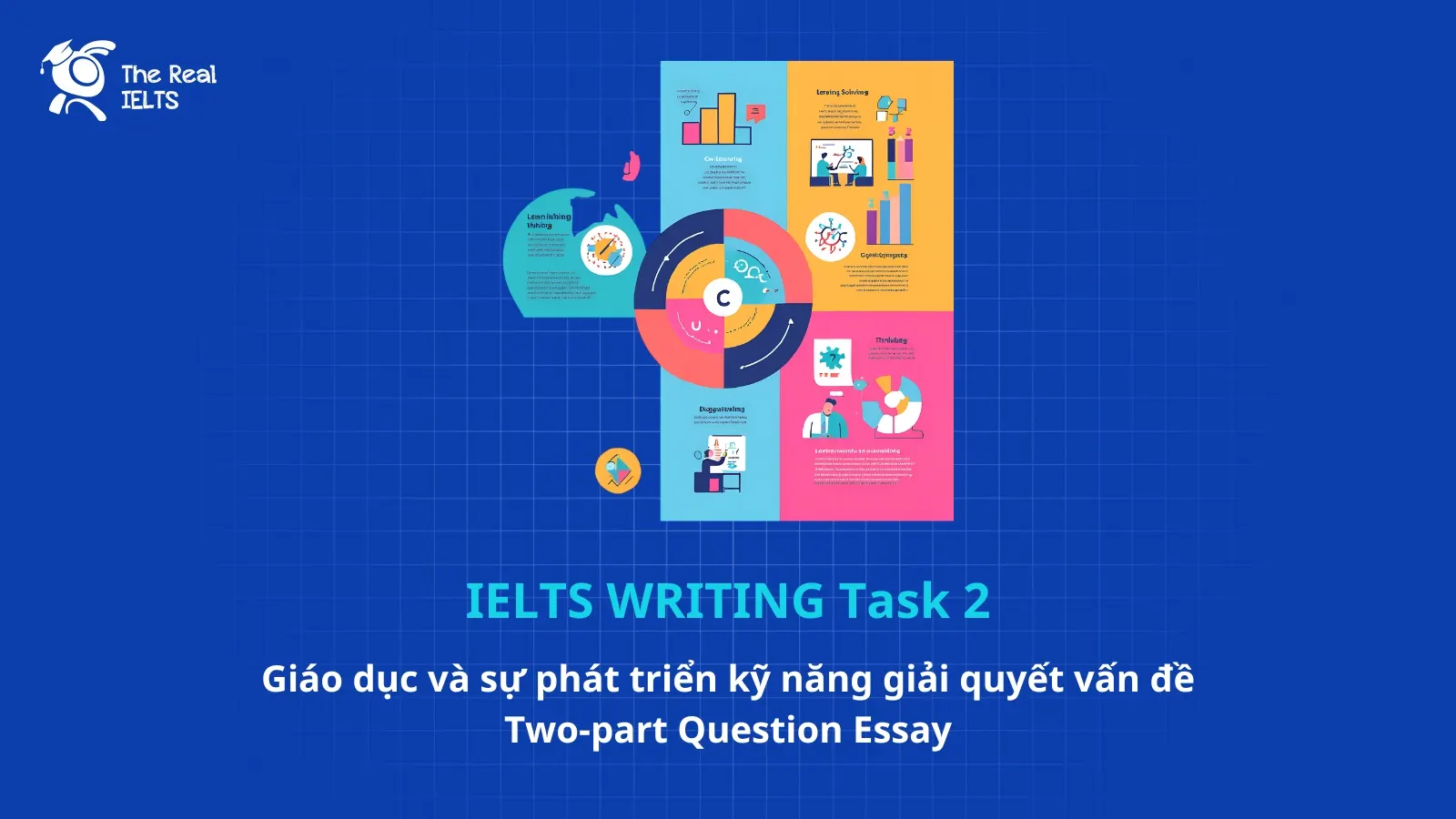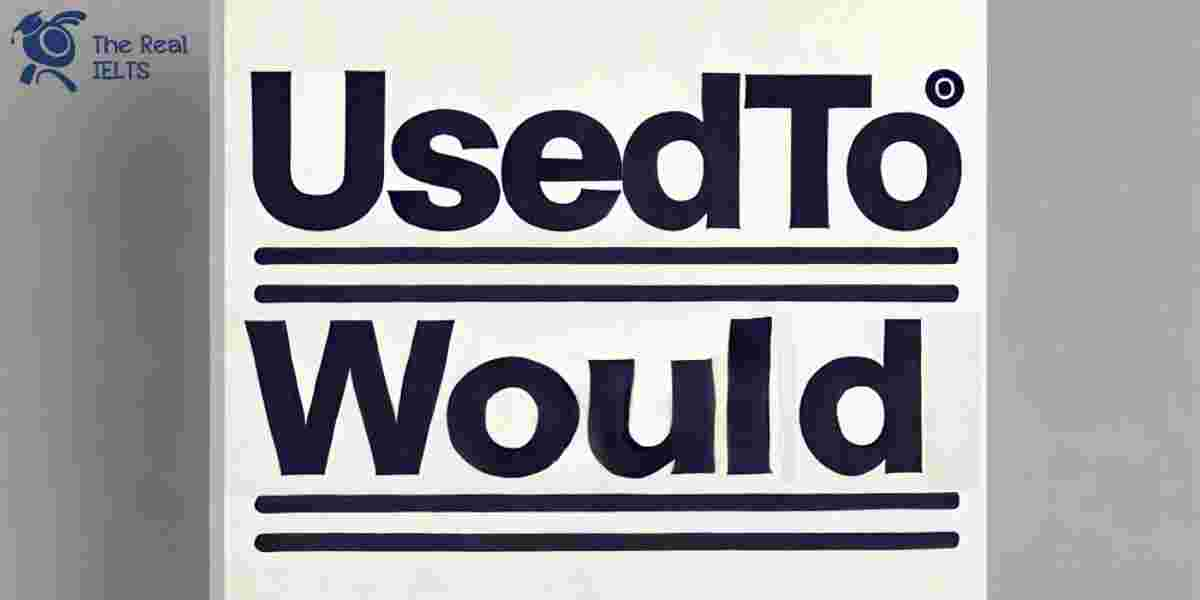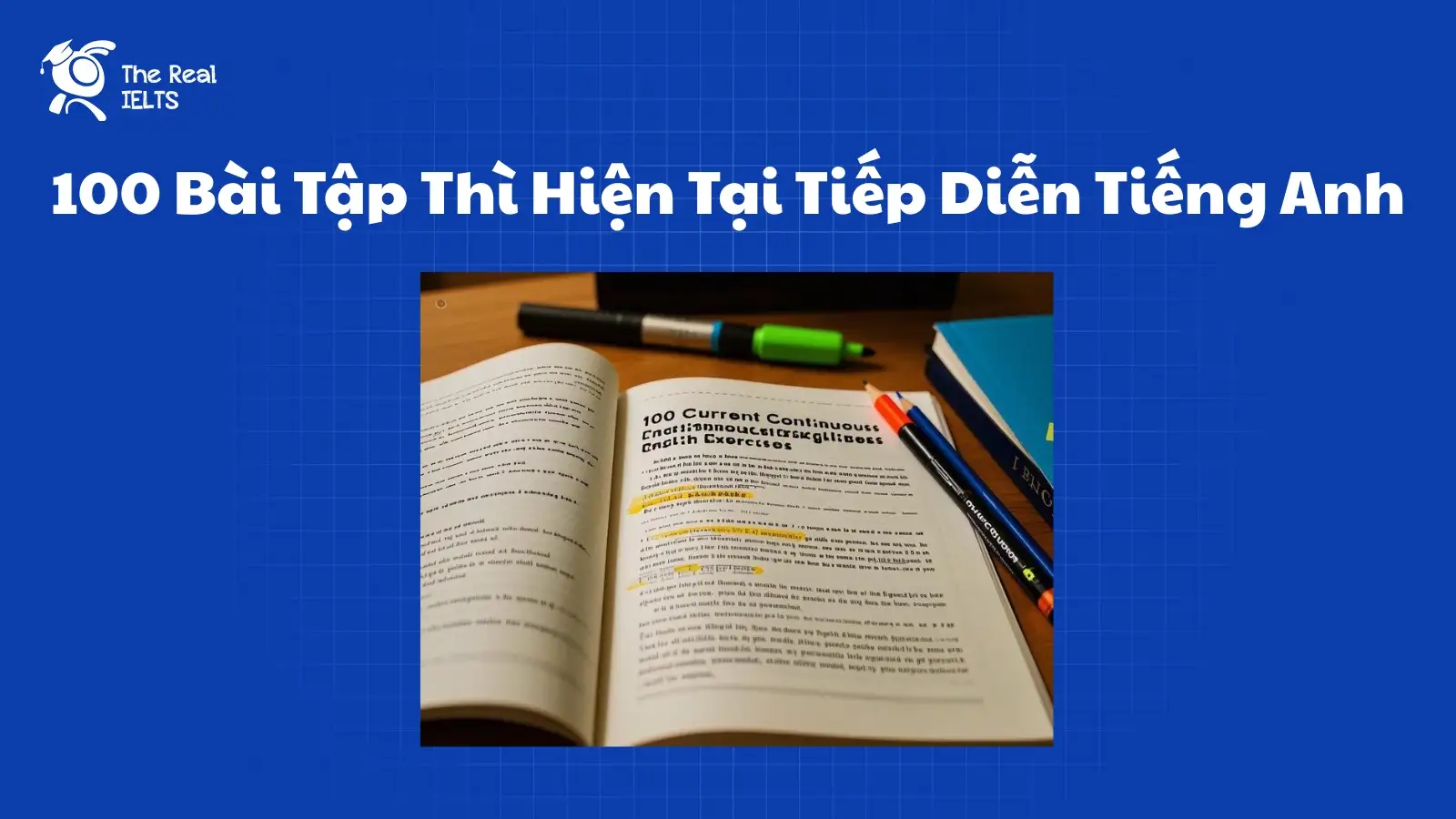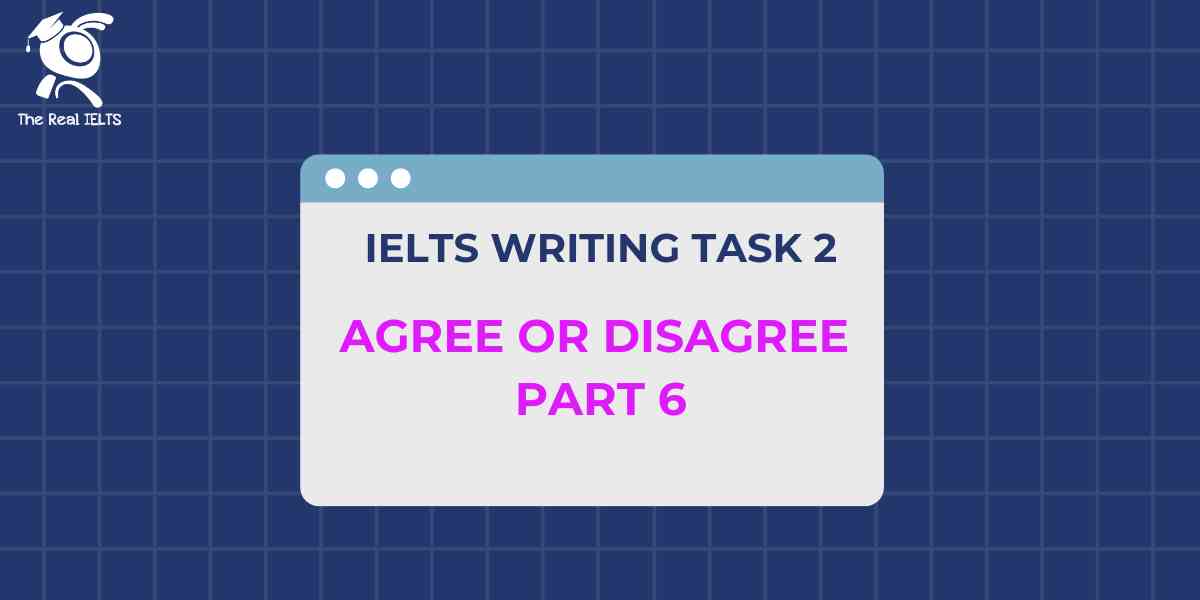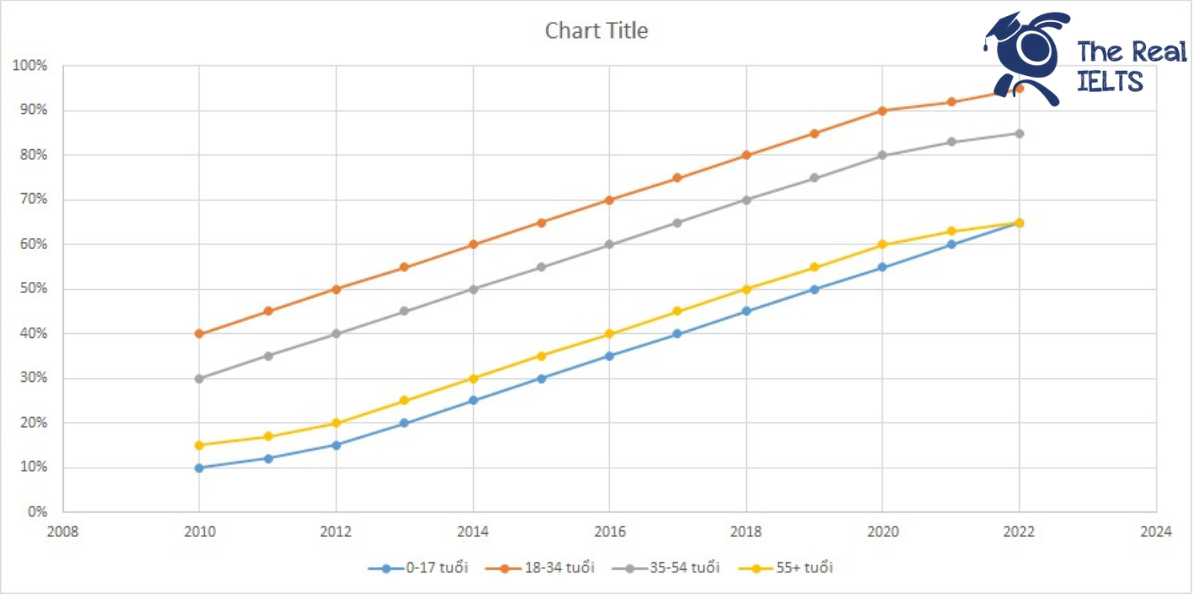IELTS Reading 28: Cancer treatment possibilities là chủ đề thuộc chuỗi bài luyện tập 11 dạng bài IELTS Reading và các bài tập luyện tập.
Học lại bài cũ: IELTS Reading 27: Mental health issues.
IELTS Reading: Cancer treatment possibilities
Cancer is a leading cause of death worldwide, responsible for millions of deaths each year. It is characterized by the uncontrolled growth and spread of abnormal cells in the body. Scientists and researchers have dedicated years to understanding cancer and developing various treatment methods to combat this complex disease. Although substantial progress has been made, there remains a continuous need for innovation in cancer treatment possibilities.
The most commonly used cancer treatments are surgery, chemotherapy, and radiation therapy. Surgery involves removing cancerous tissue from the body, often used when the cancer is localized and hasn’t spread to other areas. Chemotherapy uses drugs to kill cancer cells or stop their growth, often applied when cancer has spread to multiple parts of the body. Radiation therapy employs high doses of radiation to destroy cancer cells and shrink tumors. These methods, while effective to a certain extent, often come with significant side effects and may not be suitable for all patients.
Recent advances in cancer treatment have introduced the concept of targeted therapy. Unlike traditional treatments that affect both cancerous and healthy cells, targeted therapy aims specifically at the molecular and cellular changes unique to cancer cells. This approach helps minimize damage to normal cells, resulting in fewer side effects for patients. Examples of targeted therapies include tyrosine kinase inhibitors (TKIs) and monoclonal antibodies, which block specific molecules that aid cancer cell growth and spread.
Immunotherapy represents a revolutionary approach in cancer treatment, utilizing the body’s own immune system to fight cancer. The immune system naturally detects and destroys abnormal cells; however, cancer cells often develop mechanisms to evade this defense. Immunotherapies, such as checkpoint inhibitors and CAR-T cell therapy, are designed to enhance the immune system’s ability to recognize and attack cancer cells. This type of treatment has shown remarkable results in certain cancers, like melanoma and some types of lung cancer, although it does not work for all patients.
Gene therapy holds great promise for the future of cancer treatment. This technique involves modifying the genes within a patient’s cells to treat or prevent disease. For cancer, gene therapy strategies might include replacing a faulty gene that is causing cancer, adding genes to help the body fight cancer more effectively, or altering genes to make cancer cells more sensitive to other treatments. Although still in the experimental stages, gene therapy has shown potential in early clinical trials, offering hope for more personalized and precise cancer treatments.
Nanotechnology is increasingly being explored as a means to improve cancer treatment options. This technology involves manipulating materials on a molecular or atomic scale to create particles that can deliver drugs directly to cancer cells. Nanoparticles can be engineered to target tumor cells with high precision, reducing the impact on healthy cells and enhancing the effectiveness of the drugs. Researchers are optimistic that nanotechnology will revolutionize cancer treatment by enabling earlier detection, more accurate diagnoses, and targeted delivery of therapies.
Personalized medicine, also known as precision medicine, is becoming a focal point in cancer treatment research. This approach tailors medical treatment to the individual characteristics of each patient, including their genetic profile and the specific nature of their cancer. By understanding the unique genetic mutations driving a person’s cancer, doctors can select the most effective therapies, reduce the likelihood of side effects, and increase the chances of successful outcomes. Personalized medicine is already showing promise in improving survival rates and quality of life for cancer patients.
Despite the promising developments in cancer treatment, significant challenges remain. One of the main obstacles is the heterogeneity of cancer, meaning that even within the same type of cancer, different patients may have very different genetic and molecular profiles. This variability makes it difficult to create a one-size-fits-all solution. Additionally, the high cost of developing new therapies, along with regulatory hurdles and accessibility issues, poses challenges to bringing these advanced treatments to a wider population. Nevertheless, ongoing research and innovation continue to offer hope that more effective and less invasive cancer treatments will emerge in the coming years.
This passage explores the evolving landscape of cancer treatment, highlighting both traditional and cutting-edge approaches that hold the potential to transform how this disease is managed in the future.
Question
1. Multiple Choice (Chọn đáp án đúng)
- Which of the following statements best describes the purpose of targeted therapy in cancer treatment?
- A. It targets all cells, both healthy and cancerous.
- B. It focuses on the molecular changes specific to cancer cells.
- C. It uses radiation to kill cancer cells.
- D. It involves modifying a patient’s genes.
- What is one of the main advantages of personalized medicine according to the passage?
- A. It increases the cost of cancer treatment.
- B. It is effective for every type of cancer.
- C. It tailors treatment to the individual characteristics of the patient.
- D. It always eliminates the side effects of cancer treatment.
2. True/False/Not Given (Đúng/Sai/Không có thông tin)
- Immunotherapy is always effective for treating all types of cancer.
- Nanotechnology in cancer treatment has already replaced chemotherapy and radiation therapy.
- Gene therapy is still in the experimental stages for cancer treatment.
3. Yes/No/Not Given (Có/Không/Không có thông tin)
- The author believes that traditional cancer treatments are no longer necessary.
- The passage states that all patients benefit from immunotherapy.
- Researchers are certain that nanotechnology will soon become the primary method of cancer treatment.
4. Matching Information (Ghép thông tin)
Match the following statements to the correct paragraph (A-H):
- Discusses the importance of the immune system in cancer treatment.
- Mentions the challenges of developing new cancer therapies.
- Describes a treatment approach that modifies the patient’s genes.
5. Matching Headings (Ghép tiêu đề)
Choose the correct heading for each paragraph (A-H):
- Paragraph 4: __________
- A. The Use of Nanotechnology in Cancer
- B. Personalized Medicine: The Future of Cancer Treatment
- C. Strengthening the Immune System to Fight Cancer
- D. The High Cost of Cancer Therapies
6. Matching Sentence Endings (Ghép kết thúc câu)
Match the beginning of each sentence with its correct ending.
- Gene therapy in cancer treatment aims to…
- A. use radiation to destroy cancer cells.
- B. deliver drugs directly to healthy cells.
- C. modify genes to enhance cancer-fighting ability.
- D. improve the growth of cancer cells.
7. Sentence Completion (Hoàn thành câu)
Complete the following sentences with NO MORE THAN TWO WORDS from the passage.
- Traditional cancer treatments such as surgery, chemotherapy, and radiation often come with __________.
- Nanotechnology can help in the __________ of cancer cells with greater accuracy.
8. Summary Completion (Hoàn thành bản tóm tắt)
Complete the summary below using words from the box.
Summary:
Recent advances in cancer treatment, such as __________ and __________, focus on minimizing the impact on healthy cells. One method involves enhancing the immune system’s ability to fight cancer, while another uses __________ to directly deliver drugs to cancer cells.
9. Diagram Label Completion (Hoàn thành nhãn sơ đồ)
Label the diagram below based on the passage.
- Part of the treatment that uses __________ to block specific molecules aiding cancer cell growth.
- Technique involving __________ to deliver drugs directly to cancer cells.
10. Short Answer Questions (Câu hỏi trả lời ngắn)
Answer the following questions using NO MORE THAN THREE WORDS from the passage.
- What are the most common traditional cancer treatments?
- What kind of therapy uses the body’s immune system to fight cancer?
11. Table/Flowchart/Note Completion (Hoàn thành bảng/sơ đồ dòng/chú thích)
Complete the table below with information from the passage.
| Treatment Type | Description |
|---|---|
| Traditional Treatments | Involves surgery, __________, and radiation therapy |
| Targeted Therapy | Focuses on blocking specific __________ in cells |
| Immunotherapy | Uses the body’s own __________ to attack cancer |
| Gene Therapy | Modifies genes within cells to __________ cancer |
Answers
1. Multiple Choice (Chọn đáp án đúng)
- B. It focuses on the molecular changes specific to cancer cells.
- C. It tailors treatment to the individual characteristics of the patient.
2. True/False/Not Given (Đúng/Sai/Không có thông tin)
- False (Immunotherapy is not always effective for all types of cancer).
- False (Nanotechnology has not yet replaced traditional treatments like chemotherapy and radiation).
- True (Gene therapy is still in the experimental stages).
3. Yes/No/Not Given (Có/Không/Không có thông tin)
- No (The author does not suggest that traditional cancer treatments are unnecessary).
- No (The passage mentions that immunotherapy does not work for all patients).
- Not Given (There is no specific claim about nanotechnology becoming the primary method).
4. Matching Information (Ghép thông tin)
- Paragraph 4 (Discusses the immune system in cancer treatment).
- Paragraph 8 (Mentions the challenges of developing new therapies).
- Paragraph 5 (Describes gene therapy).
5. Matching Headings (Ghép tiêu đề)
- Paragraph 4: C. Strengthening the Immune System to Fight Cancer.
6. Matching Sentence Endings (Ghép kết thúc câu)
- Gene therapy in cancer treatment aims to…
- C. modify genes to enhance cancer-fighting ability.
7. Sentence Completion (Hoàn thành câu)
- significant side effects
- targeting
8. Summary Completion (Hoàn thành bản tóm tắt)
- targeted therapy
- immunotherapy
- nanotechnology
9. Diagram Label Completion (Hoàn thành nhãn sơ đồ)
- tyrosine kinase inhibitors
- nanotechnology
10. Short Answer Questions (Câu hỏi trả lời ngắn)
- surgery, chemotherapy, radiation
- checkpoint inhibitors
11. Table/Flowchart/Note Completion (Hoàn thành bảng/sơ đồ dòng/chú thích)
| Treatment Type | Description |
|---|---|
| Traditional Treatments | Involves surgery, chemotherapy, and radiation therapy |
| Targeted Therapy | Focuses on blocking specific molecules in cells |
| Immunotherapy | Uses the body’s own immune system to attack cancer |
| Gene Therapy | Modifies genes within cells to fight cancer |




